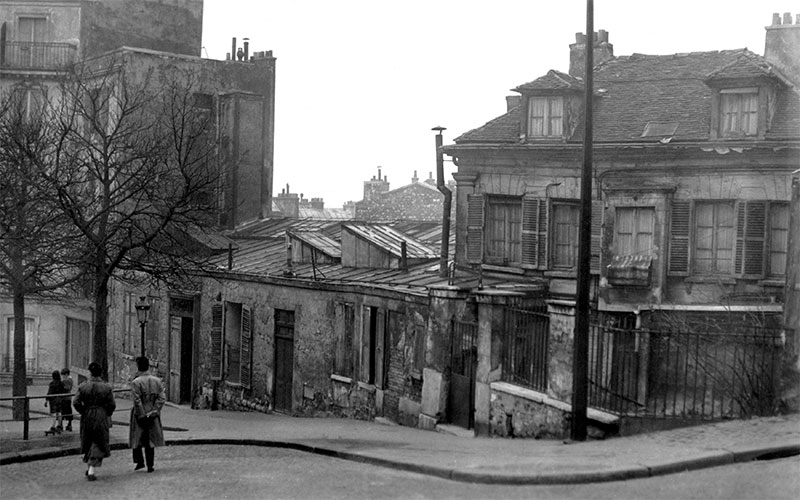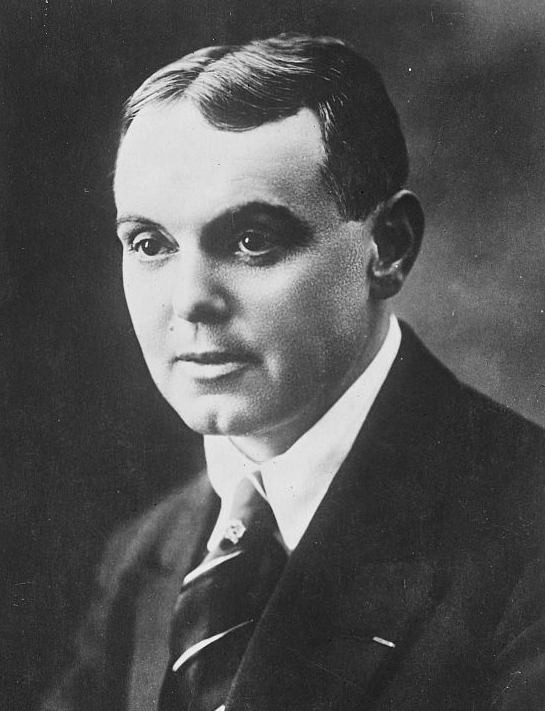|
Bateau Lavoir
The Bateau-Lavoir ("Washhouse Boat") is the nickname of a building in the Montmartre district of the 18th arrondissement of Paris that is famous in art history as the residence and meeting place for a group of outstanding early 20th-century artists, men of letters, theatre people, and art dealers. It is located at No. 13 Rue Ravignan at Place Emile Goudeau, just below the Place du Tertre. A fire destroyed most of the building in May 1970 and only the façade remained, but it was completely rebuilt in 1978. History Formerly a ballroom and piano factory, Bateau Lavoir was squatted and divided into 20 small workshops in 1889. Distributed along a corridor, small rooms were linked without heating and with a single point of water. The name "Le Bateau-Lavoir" was coined by French poet Max Jacob. The building was dark and dirty, almost seeming to be scrap pile rather than a dwelling. On stormy days, it swayed and creaked, reminding people of washing-boats on the Seine River, hence the n ... [...More Info...] [...Related Items...] OR: [Wikipedia] [Google] [Baidu] |
Pierre Mac Orlan
Pierre Mac Orlan, sometimes written MacOrlan (born Pierre Dumarchey, February 26, 1882 – June 27, 1970), was a French novelist and songwriter. His novel '' Quai des Brumes'' was the source for Marcel Carné's 1938 film of the same name, starring Jean Gabin. He was also a prolific writer of ''chansons'', many of which were recorded and popularized by French singers such as Juliette Gréco, Monique Morelli, Catherine Sauvage, and Germaine Montero. Life Born in Péronne, Somme, in northern France, Mac Orlan lived in Rouen and Paris as a young man, working at a variety of jobs and learning to play the accordion. In his twenties, he travelled widely in Europe, before returning to Paris and becoming a noted figure in bohemian art circles. In particular, his song performances were a regular feature at the Lapin Agile cabaret. During this period, he was part of a broad circle of writers and painters including Max Jacob, Guillaume Apollinaire, Maurice Utrillo and Francis Carco. He fo ... [...More Info...] [...Related Items...] OR: [Wikipedia] [Google] [Baidu] |
María Blanchard
María Blanchard (born María Gutiérrez-Cueto y Blanchard; spanish-art.org; accessed 4 August 2015. 6 March 1881 – 5 April 1932) was a Spanish painter. She was known for developing a unique style of . Biography Blanchard was born on 6 March 1881 in . She was the daughter of journalist Enrique Gutiérrez Cueto and Concepción Blanchard Santisteban. She was the cousin of Mexican artist |
Jacques Lipchitz
Jacques Lipchitz (26 May 1973) was a Cubist sculptor. Lipchitz retained highly figurative and legible components in his work leading up to 1915–16, after which naturalist and descriptive elements were muted, dominated by a synthetic style of Crystal Cubism. In 1920 Lipchitz held his first solo exhibition, at Léonce Rosenberg's Galerie L'Effort Moderne in Paris. Fleeing the Nazis he moved to the US and settled in New York City and eventually Hastings-on-Hudson. Life and career Jacques Lipchitz was born Chaim Jacob Lipschitz, in a Litvak family, son of a building contractor in Druskininkai, Lithuania, then within the Russian Empire. He studied at Vilnius grammar school and Vilnius Art School. Under the influence of his father he studied engineering in 1906–1909, but soon after, supported by his mother he moved to Paris (1909) to study at the École des Beaux-Arts and the Académie Julian. It was there, in the artistic communities of Montmartre and Montparnasse, that he jo ... [...More Info...] [...Related Items...] OR: [Wikipedia] [Google] [Baidu] |



